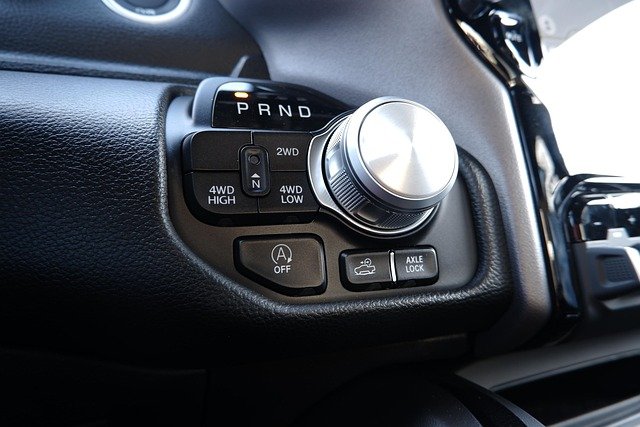Toyota SW4 Overview - Prices, Features, Benefits and More
The Toyota SW4 stands as a robust mid-size SUV designed for drivers who need versatility, reliability, and off-road capability. Built on Toyota's proven platform, this seven-seater vehicle combines practical family transportation with the ruggedness needed for challenging terrain. Understanding the SW4's pricing structure, key features, and market position helps potential buyers make informed decisions about this capable SUV option.

What are the key features of Toyota SW4
The Toyota SW4 comes equipped with a comprehensive suite of features designed for both comfort and capability. The vehicle typically includes a 2.8-liter turbocharged diesel engine paired with either manual or automatic transmission options, delivering substantial torque for towing and off-road performance. Interior features often encompass leather-appointed seating, dual-zone climate control, and a touchscreen infotainment system with smartphone connectivity.
Safety features represent a significant aspect of the SW4’s appeal, with Toyota Safety Sense 2.0 technologies standard across most trim levels. These include pre-collision systems, lane departure alerts, and adaptive cruise control. The vehicle’s four-wheel-drive system with multiple terrain modes ensures confident handling across various driving conditions, from city streets to rugged trails.
How does the Toyota SW4 pricing structure work
Toyota’s pricing structure for the SW4 typically follows a tiered approach based on trim levels and feature packages. Entry-level variants focus on essential features and capabilities, while higher trims add luxury appointments, advanced technology, and enhanced off-road equipment. The pricing methodology considers factors such as engine options, drivetrain configurations, and interior appointments.
Regional market conditions, local taxes, and dealer incentives can influence final pricing. Toyota often structures pricing to remain competitive within the mid-size SUV segment while reflecting the vehicle’s build quality and feature content. Understanding this structure helps buyers identify which trim level offers the optimal balance of features and value for their specific needs.
What are the benefits of Toyota SW4
The SW4 offers numerous advantages that appeal to diverse buyer preferences. Its reputation for reliability stems from Toyota’s engineering standards and quality control processes, potentially reducing long-term ownership costs through fewer unexpected repairs. The vehicle’s towing capacity makes it suitable for recreational activities, while its seven-seat configuration accommodates larger families or groups.
Fuel efficiency remains reasonable for a vehicle of this size and capability, particularly with the diesel engine option. The SW4’s resale value typically holds well compared to competitors, benefiting from Toyota’s brand reputation and market demand for reliable SUVs. Off-road capability adds versatility for buyers who venture beyond paved roads, while on-road comfort ensures daily driving satisfaction.
How do price and trim levels compare for the Toyota SW4
Trim level comparisons reveal distinct value propositions across the SW4 lineup. Base models typically include essential safety features, basic infotainment, and standard four-wheel-drive capability. Mid-level trims add comfort features like heated seats, premium audio systems, and additional convenience technologies. Top-tier variants incorporate luxury materials, advanced driver assistance features, and enhanced off-road equipment.
The price progression between trim levels generally reflects the added feature content, with each step up providing measurable improvements in comfort, technology, or capability. Buyers can evaluate which features justify the additional cost based on their priorities and usage patterns. Some markets may offer special editions or limited trim levels with unique feature combinations.
How does the Toyota SW4 compare to its competitors
Within the competitive mid-size SUV landscape, the SW4 positions itself against vehicles like the Ford Everest, Chevrolet Trailblazer, and Mitsubishi Pajero Sport. Each competitor offers distinct advantages in areas such as technology integration, interior space, or off-road capability. The SW4’s competitive strengths typically include Toyota’s reliability reputation, comprehensive safety features, and balanced on-road and off-road performance.
Comparative analysis reveals that while some competitors may offer more advanced infotainment systems or lower starting prices, the SW4 often excels in build quality and long-term dependability. Feature-to-feature comparisons show competitive parity in most areas, with individual preferences for styling, brand loyalty, and specific capability requirements influencing buyer decisions.
| Vehicle Model | Starting Price Range | Key Features | Seating Capacity |
|---|---|---|---|
| Toyota SW4 | $35,000 - $50,000 | 4WD, Safety Sense 2.0, Diesel Engine | 7 seats |
| Ford Everest | $33,000 - $48,000 | Terrain Management, SYNC 4A, Bi-Turbo Diesel | 7 seats |
| Chevrolet Trailblazer | $32,000 - $45,000 | MyLink System, Teen Driver, Duramax Diesel | 7 seats |
| Mitsubishi Pajero Sport | $31,000 - $43,000 | Super Select 4WD, Smartphone Link, MIVEC Engine | 7 seats |
Prices, rates, or cost estimates mentioned in this article are based on the latest available information but may change over time. Independent research is advised before making financial decisions.
The Toyota SW4 represents a well-rounded approach to mid-size SUV design, balancing capability, comfort, and reliability. Its pricing structure reflects the vehicle’s feature content and market positioning, while its comprehensive benefit package appeals to buyers seeking versatility and dependability. When compared to competitors, the SW4 maintains competitive positioning through Toyota’s reputation for quality and its balanced performance characteristics across various driving scenarios.




